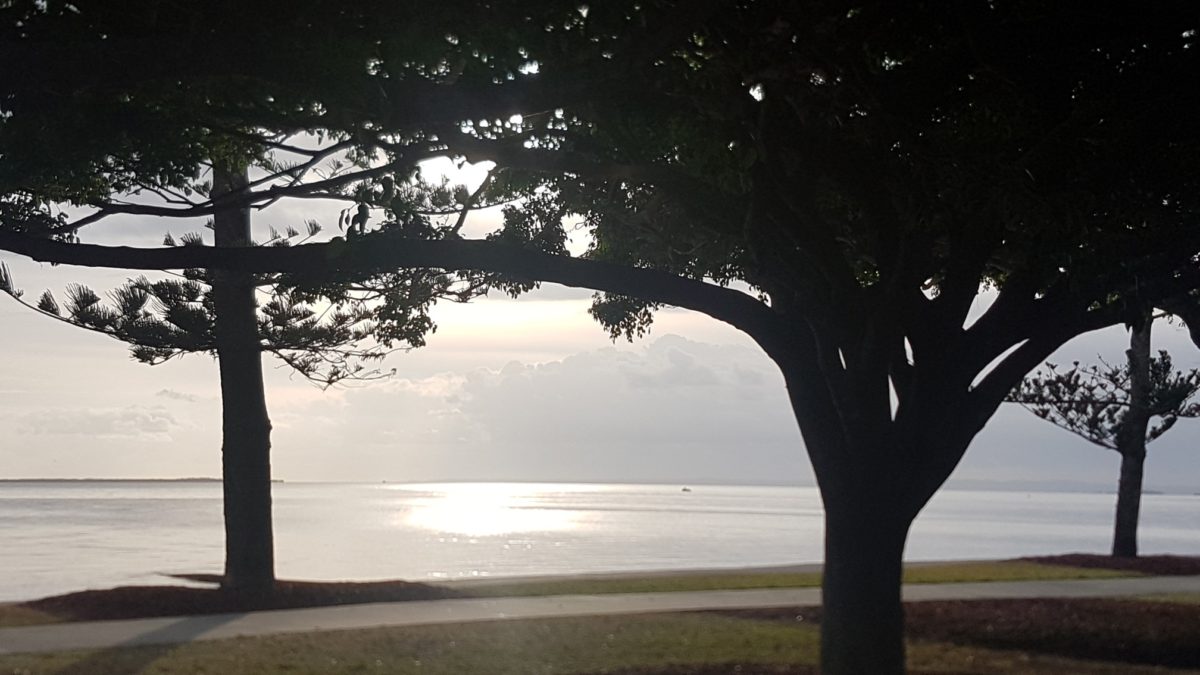Johann Hari, in his book Lost Connections: Uncovering the Real Causes of Depression, identified seven social causes of depression including the loss of connection to other people. One of the surprising findings in his discussions with researchers and his colleagues, was the link between obesity, childhood trauma and depression. In the final analysis, collectively they established that in many instances unresolved childhood trauma was a determinant of obesity and depression.
Obesity
and depression
Johann drew on the ground-breaking research of Dr. Vincent
Felitti, Founding Chairman of the Department of Preventative Medicine of Kaiser
Permanente – a fully integrated medical provider offering not only health care
plans but also services such as specialist medical practitioners, a dynamic
medical school, mental health services and education and an affordable housing
initiative. Kaiser Permanente views a
healthy life for all as a cause to pursue, and is a pioneer in offering
seamless health services along with leading edge research into preventative
methods and treatment approaches.
Kaiser Permanente commissioned Vincent to undertake research
into obesity because it was becoming the major factor in the growth of its
operational costs. Vincent started out
by using a specialised diet plan supported by vitamin supplements that was
designed to help obese people lose weight.
This approach appeared highly successful on early indications, but
Vincent noticed that the people most successful at losing weight were dropping
out of the program and returning to their eating habits and becoming overweight
again. Additionally, they often
experienced depression, suicidal thoughts, rage or panic.
Research by way of interview of 286 participants dropping
out of the obesity program established that most had been sexually abused or
experienced some other form of childhood trauma. Obesity was their way to deal with the
aftereffects of childhood trauma, including fear of sexual assault and the
desire to hide their shame.
Childhood trauma and depression
Vincent was surprised by the findings of the initial study and
realised that research of childhood history as a determinant of adult ill
health had been avoided previously because of shame, secrecy and the taboo
nature of the topic. Yet his early
findings established that childhood
trauma played out powerfully decades later in terms of emotional state,
biomedical disease and life expectancy.
He found, for example, that 55% of participants in the obesity study had
suffered childhood sexual abuse.
The link between obesity, depression and childhood trauma
was not well received by the established medical profession. The video, A Tribute to Dr. Vincent Felitti,
highlights the scorn he experienced when first announcing his findings at a
medical conference and demonstrates the resilience of a man who had the courage to back his
research and the bravery to pursue his creativity.
Vincent was convinced that he had to undertake research with
a larger and broader sample of people to establish the credibility of his
findings. Through Kaiser Permanente’s
processes of capturing the medical history of patients he was able, in
collaboration with Dr. Robert Anda
of the Center for Disease Control (CDC), to add additional questions relating
to life history. The questions picked up
on the 10 types
of childhood trauma identified by participants in the earlier study. The 17,500
participants involved in the second study were representative of the broader population
of California where the study was done.
They were middle class with an average age of 57 and were employed.
The research titled the Adverse Childhood Experience Study
(ACE) highlighted even more surprising results.
Two thirds of the participants in the research program had experienced
one or more traumatic events. One in nine
had experienced 5 or more adverse childhood events. They also established that the higher the
number of different adverse childhood events experienced by an individual
(their ACE Score), the greater the likelihood of that person committing suicide.
Typical strategies adopted by individuals to cope with the
impacts of childhood trauma only exacerbate the problem of ill health, e.g.
smoking or over-eating. Vincent maintained
that the experience of chronic, unrelieved stress affects the nervous system
and the brain and can produce “the release of pro-inflammatory chemicals in a
person’s body”, leading to suppression of the immune system.
What can be done about childhood trauma?
I have previously discussed principles and guidelines for trauma-informed mindfulness practice. Johann Hari, in the section of his book on reconnection strategies offered several strategies that could have a positive effect on the negative impacts of childhood trauma, such as obesity and depression. His recommended reconnection strategies include social prescribing and reconnection with nature, meaningful work and meaningful values.
Vincent Felitti, too, was concerned that people who had experienced childhood trauma need some form of hope about their ability to redress its negative effects. He decided to do further research involving medical practitioners who were treating patients through Kaiser Permanente. He provided them with a few simple questions to ask patients that related to life history and covered childhood experiences, and asked them to express genuine empathy and respect for the patient.
Vincent found that the participants showed “a significant reduction in illness” once a patient shared their story of childhood trauma with a doctor. He thought that the explanation for this was twofold – (1) the person was sharing their story with another person for the first time and (2) the recipient of the disclosure was a trusted authority figure who treated them with kindness and respect. He postulated that the intermediate effects related to the fact that the experience removed the shame and self-loathing associated with the adverse childhood event. The association of the childhood trauma with the experience of humiliation was broken. Vincent acknowledged that this was an area for further research.
Vincent argued that the ultimate solution to childhood trauma lay in “primary prevention” and advocated for the integration of their research findings into primary care medical practice. He also supported the development of a life experience questionnaire reporting on childhood trauma as a part of a patient’s medical record that could subsequently be viewed by the treating doctor. A healing conversation could take place if the patient was willing and able to share their story.
David Treleaven warns, however, that when dealing with
someone suffering from post-traumatic
stress disorder (PTSD), it is imperative not to tackle the trauma
experience head-on. He advocates a trauma-sensitive
mindfulness approach. Sam Himelstein
also cautions against the use of direct questioning and talking where a person
is outside their window
of tolerance.
Reflection
As we grow in mindfulness through research, meditation and reflection, we can begin to recognise the impact of our own experience of childhood trauma and address the negative impacts it has on our own life and relationships. We can also become sensitised to the experience of others who have experienced adverse childhood events and take this into account when dealing with individuals and groups who are seeking to use a mindfulness approach to improve their quality of life.
Johann provides a further resource to explore the whole question of depression in his later book, Lost Connections: Why You’re Depressed and How to Find Hope.
____________________________________________
Image by Pete Linforth from Pixabay
By Ron Passfield – Copyright (Creative Commons license, Attribution–Non Commercial–No Derivatives)
Disclosure: If you purchase a product through this site, I may earn a commission which will help to pay for the site, the associated Meetup group and the resources to support the blog.









